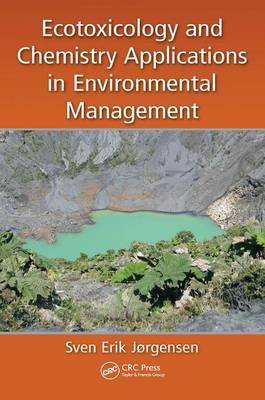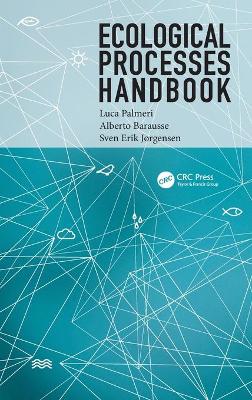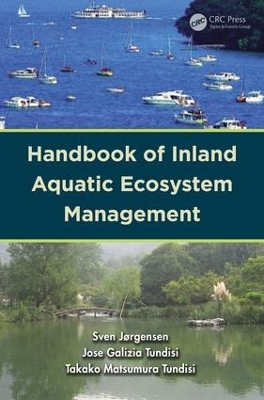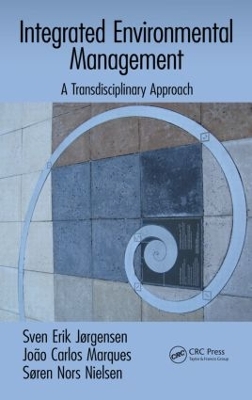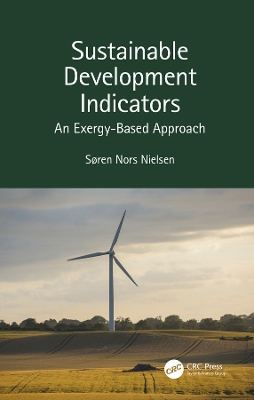Applied Ecology and Environmental Management
5 total works
Ecotoxicology and Chemistry Applications in Environmental Management
by Sven Erik Jorgensen
Ecotoxicology and Chemistry Applications in Environmental Management describes how to set up an integrated, holistic approach to addressing ecotoxicological problems. It provides detailed explanations in answer to questions like "Why is it necessary to apply an integrated approach?" and "How does one apply an integrated environmental management approach?"
Highlighted topics of the book include
- Environmental chemical calculations
- QSAR estimation methods
- Toxic substance interference with other environmental problems
- Using diagnostic ecological subdisciplines for solutions
- Cleaner production methods and technologies
- Environmental risk assessment
Addressing one of the most difficult tasks today, this book provides a much-needed holistic view for translating scientific knowledge and research results into effective environmental management measures. Rooted in a seven-step method, it integrates examination and quantification of an environmental problem and describes the use of ecological diagnostic tools to develop a diagnosis for ecosystem health. It also presents methods for choosing and using solutions or combinations of solutions to tackle problems.
Ecological Processes Handbook
by Luca Palmeri, Alberto Barausse, and Sven Erik Jorgensen
Handbook of Inland Aquatic Ecosystem Management
by Sven Erik Jorgensen, Jose Galizia Tundisi, and Takako Matsumura Tundisi
Integrated Environmental Management
by Sven Erik Jorgensen, Joao Carlos Marques, and Soren Nors Nielsen
Based on 40 years of experience, Integrated Environmental Management: A Transdisciplinary Approach brings together many ecological and technological tool boxes and applies them in a transdisciplinary method. The book demonstrates how to combine continuous improvement management tools and principles with proven environmental assessment methodologies. This integrated ecological and environmental management approach lets you view environmental problems from a holistic angle, considering the ecosystem as an entity as well as the entire spectrum of solutions and possible combinations of solutions.
The book discusses the importance of examining all facets or possible problems associated with an ecosystem simultaneously and evaluating all the solution possibilities proposed by the relevant disciplines at the same time. The authors underline that there is no alternative to integrated, multidisciplinary, ecological–environmental management—at least not on a long-term basis. They lay down the fundamental concepts in an applications-oriented manner that allows you to apply the seven steps of environmental management directly.
However, the book goes beyond delineating the available tool boxes; it also details how they can be integrated and combined to find an optimum solution to ecological–environmental problems.
Analyzing the self-sufficient Danish island of Samsø, this book explains sustainability through a bio-geophysical understanding of how to best use society’s limited resources to achieve true sustainability. The method used derives from the thermodynamic function of exergy. By analyzing exergy flows and establishing a system for evaluating the energy and the materials used in a society, the author creates a platform for monitoring certain indicators of sustainability. These indicators inform readers about the actions that must be taken and the time frames for achieving sustainability goals. The exergy-based approach is an important tool for carrying out such an analysis because it
- Focuses on several key thermodynamic concepts and the usefulness of exergy analysis for evaluating sustainability
- Explains sustainability by implementing thermodynamic laws to societal consumption and the use of resources
- Discusses new methods that integrate energy and material fluxes and evaluates them against each other
- Provides direct indicators for finding the largest problems/obstacles and deciding where measures should be taken
- Includes instructions on how to establish an accounting system for evaluating the energy and the materials used in a society
This book is aimed for professionals, researchers, and students working on nature conservation and environmental management projects related to sustainability.
